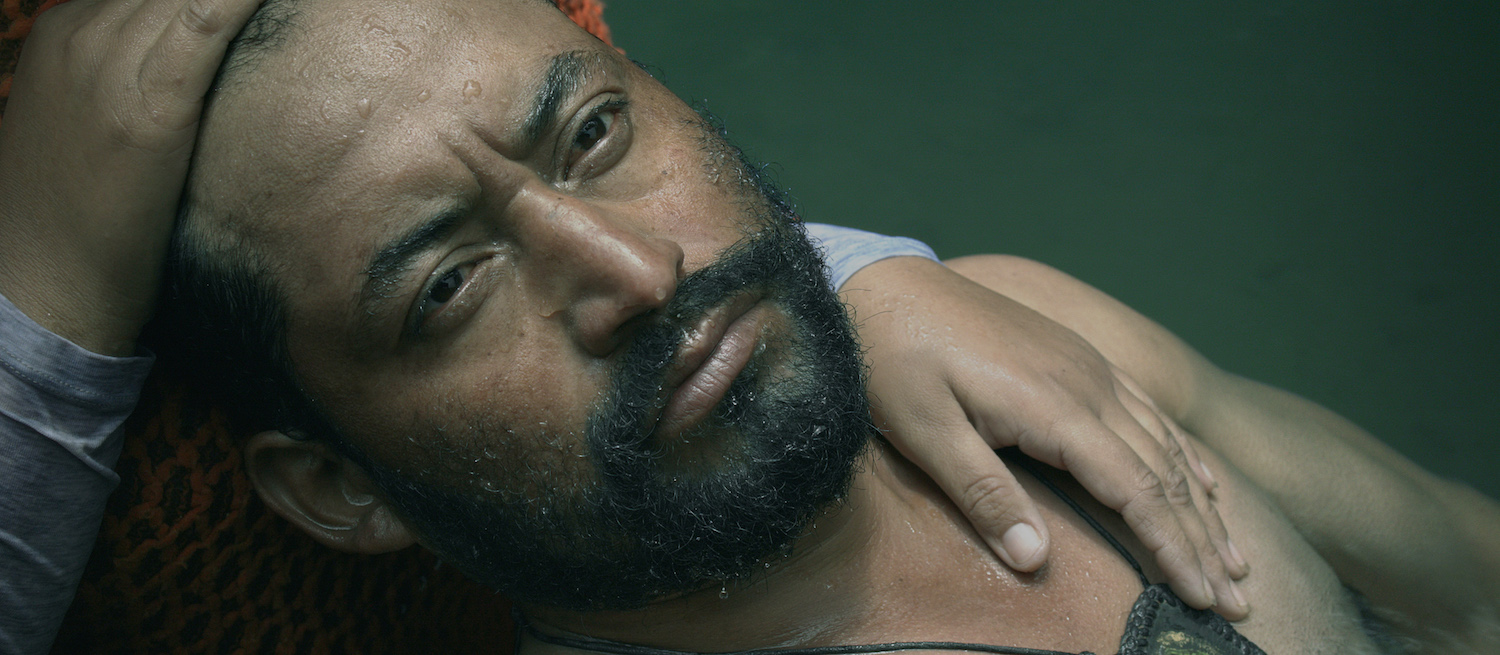GODS OF MEXICO

(Check out Chris Reed’s movie review of Gods of Mexico which opens March 3 in NYC before making it’s way across American screens. Seen it? Join the conversation with HtN on our Letterboxd Page.)
A visually sumptuous ode to the extraordinary beauties of its titular country, Gods of Mexico is filled with images detailing a great variety of people and activities, the sum total of the collection adding up to an étude in stunning cinematography. Elliptical in structure—particularly during its middle section—the documentary confounds narrative expectations, yet nevertheless delivers compelling content. Even when there appears to be little happening, much is still going on.
Divided into sections by region, the movie starts in black and white, then pivots to color, then back and forth again, throughout. Shot like a fiction film, with exceptional coverage in a variety of frame sizes, the whole of it complemented with spectacular drone footage, Gods of Mexico pulls us in to an ocular feast of very rich fare. Sometimes it’s all almost too much, the tableaux vivants beguiling but austere.
This is especially true after the first 30 minutes, when director Helmut Dosantos (making his feature debut) leaves behind any semblance of story to offer a series of short, static shots that take up the next half hour, after which we return to some kind of action once more. Both opening and closing sections—labelled “White” and “Black,” taking place in the South (in Mixteca) and North (Sierra de Catorce), respectively—focus on workers creating salt and mining coal with meticulous craft. It’s mesmerizing to watch.
The sound design, consisting of diegetic sounds and minimalist score (mixed and composed by Enrico Ascoli) is its own distinct character, with donkey cries combined with wind and music. Whether we soar above mountains, push into a crater, or travel through cacti and agave, the audioscape envelops us in harmony with the landscapes and human faces. Hypnotic as it is, we can easily forget the thin dramatic structure holding it all together.
For if this painting-come-to-life has any flaws, they lie in the cumulative effect of too much brushwork without pictorial context. Despite the concrete grandeur of each sequence, the movie is best appreciated as an abstract work of art, its meaning gleaned from our emotional reaction to the overall montage. There’s nothing wrong with that, but given the more traditional pace of the first and final acts, it takes a while to adjust to the middle section’s different approach.
Better to allow the movie to have its divine way with you and relax into it. In this modern world of home viewing and easy streaming options, a film like this would best be appreciated in a theatrical venue devoid of distraction. Even without that ideal screening environment, however, its cinematic grace nonetheless has real power. As modern myth-making goes, Gods of Mexico is the stuff of legend.
– Christopher Llewellyn Reed (@ChrisReedFilm)
Oscilloscope Laboratories; Helmut Dosantos ; Gods of Mexico documentary movie review











